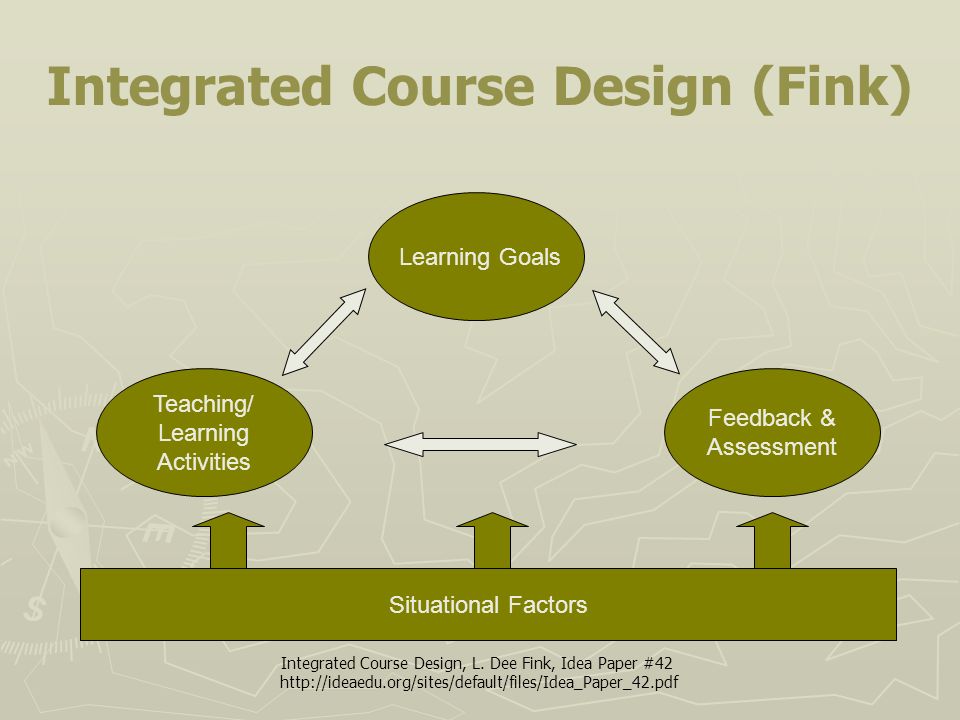“When the bones are good, the rest don’t matter”, an excerpt from the 2019 country music hit “The Bones” by singer Maren Morris, not only sums up the building materials for a good relationship but also the foundation for effective teaching and learning. A recent CTL workshop, “Starting at the End: Creating Course Learning Outcomes,” discussed how learning outcomes help instructors design their classes from the ground up.
Learning outcomes are statements that describe what students should know and be able to do after successfully completing the course (you might have seen this typical sentence stem before: “After successful completion of this course, students will be able to…”). They are the first things that need to be defined when planning a new course or reviewing an existing one. Why? From an educator perspective, learning outcomes provide a clear list of what students need to learn and how much content instructors need to teach. Further, they guide the assessment design process to measure student learning accurately and effectively. These learning outcomes then help students focus on what is important in the course and clarify their expectations.
How do you write effective learning outcomes? First, think about the kind of things you want students to be able to know, do and/or become by the end of the course. Then define those things using a taxonomy of learning (e.g., Bloom’s, Fink’s, or Marzano’s) that will help you articulate those goals. One you have drafted 4-6 outcomes for your course, use Dr. Tasha Souza’s CALMS Criteria to further refine your statements, to ensure that they are:

- Clear: Use understandable language for the intended student audience.
- Achievable: There is a very good likelihood that students will be able to successfully reach the outcome with the materials provided.
- Learner-centered: Uses action verbs that indicate what students will do.
- Measurable/Observable: Student learning and actions can be measured/observed through an appropriate assessment.
- Specific: Concise and well defined as to what students will do.
For more information about creating effective learning outcomes, you can review this resource: Creating Course Learning Outcomes Faculty Resource summarizing the workshop content.
Once you have your learning outcomes articulated, the next step is to make sure that you develop assessments and activities that are aligned with that learning. The next workshop in our “Foundations of Teaching” series, “Supporting Student Learning Through Assessments”, will focus on how to choose the assessments that will give you evidence of student achievement of your learning outcomes. You can register for that workshop, and others we are offering this semester, on our website – Center for Teaching and Learning.
References
Fink, L. D. (2013). Creating significant learning experiences. John Wiley & Sons.